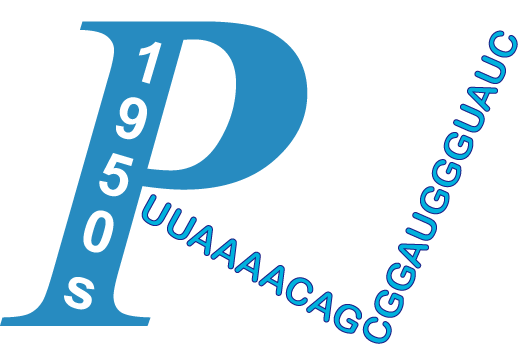| Title | PER3 polymorphism and cardiac autonomic control: effects of sleep debt and circadian phase. | ||
| Author | Viola, Antoine U; James, Lynette M; Archer, Simon N; Dijk, Derk-Jan | ||
| Journal | Am J Physiol Heart Circ Physiol | Publication Year/Month | 2008-Nov |
| PMID | 18835917 | PMCID | PMC2614578 |
| Affiliation | 1.Surrey Sleep Research Centre, Faculty of Health and Medical Sciences, University of Surrey, Guildford GU2 7XP, United Kingdom. | ||
A variable number tandem repeat polymorphism in the coding region of the circadian clock PERIOD3 (PER3) gene has been shown to affect sleep. Because circadian rhythms and sleep are known to modulate sympathovagal balance, we investigated whether homozygosity for this PER3 polymorphism is associated with changes in autonomic nervous system (ANS) activity during sleep and wakefulness at baseline and after sleep deprivation. Twenty-two healthy participants were selected according to their PER3 genotype. ANS activity, evaluated by heart rate (HR) and HR variability (HRV) indexes, was quantified during baseline sleep, a 40-h period of wakefulness, and recovery sleep. Sleep deprivation induced an increase in slow-wave sleep (SWS), a decrease in the global variability, and an unbalance of the ANS with a loss of parasympathetic predominance and an increase in sympathetic activity. Individuals homozygous for the longer allele (PER3(5/5)) had more SWS, an elevated sympathetic predominance, and a reduction of parasympathetic activity compared with PER3(4/4), in particular during baseline sleep. The effects of genotype were strongest during non-rapid eye movement (NREM) sleep and absent or much smaller during REM sleep. The NREM-REM cycle-dependent modulation of the low frequency-to-(low frequency + high frequency) ratio was diminished in PER3(5/5) individuals. Circadian phase modulated HR and HRV, but no interaction with genotype was observed. In conclusion, the PER3 polymorphism affects the sympathovagal balance in cardiac control in NREM sleep similar to the effect of sleep deprivation.
